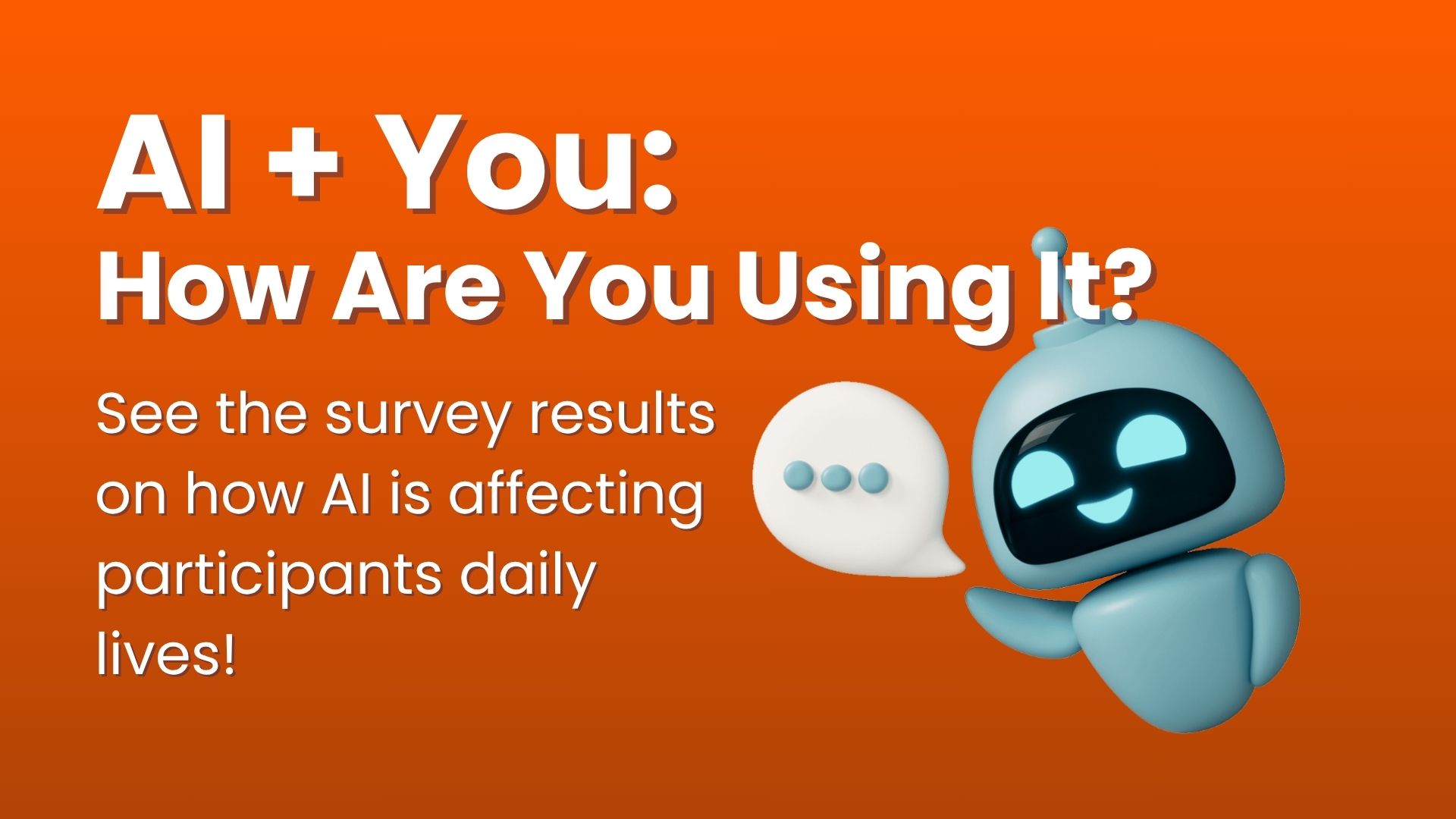Designing a website without a strategy is like building a house without blueprints—you might end up with something that looks okay, but it won’t function the way you need it to. Whether you’re building your first site or revamping an old one, starting with strategy is the smartest move you can make. A thoughtful plan saves time, cuts unnecessary costs, and keeps your site working hard for your business long after launch.
Here are five foundational pieces every website strategy needs to get right:
Tip 1: Define Clear, Measurable Goals
Before you think about colors, fonts, or even your homepage, get crystal clear on what success looks like. Is your goal to generate leads? Sell products? Educate your community? Encourage sign-ups? Each goal leads to different design choices, different calls to action, and different functionality. Having 2–3 focused goals help ensure your site has a purpose—not just a pretty face.
Pro tip: Tie your goals to metrics. Instead of “get more leads,” aim for “increase form submissions by 25% in six months.” These kinds of benchmarks guide both design decisions and future performance reviews.
Tip 2: Know Your Audience Better Than They Know Themselves
You can’t build a great site for “everyone.” Your content and structure should speak directly to the people who matter most to your business. Who are they? What questions are they asking? What hesitations do they have before taking action? What do they care about?
Dig into your customer personas or just start with basic categories like industry, job role, age range, or tech comfort level. A small business website targeting retirees will need to look and feel completely different than a service business catering to other entrepreneurs.
Pro tip: Use real language your customers use—not industry jargon—and make sure your navigation matches how they would search for things.
Tip 3: Clarify Your Core Message
You’ve got less than 10 seconds to make a first impression. That means your homepage—and especially the hero section—needs to answer three questions immediately:
- Who are you?
- What do you do?
- Why should I care?
Your headline and opening paragraph should be punchy, value-driven, and benefit-focused. And it should match what users expected when they clicked through from search or social media.
Keep in mind: Clear always wins over clever. Don’t make people dig for the info they need.
Tip 4: Map Out a Thoughtful User Experience (UX)
People don’t browse websites the way we think they do. They skim, bounce around, and often follow emotion more than logic. Your job is to guide them—with thoughtful navigation, obvious calls to action, and minimal friction.
Start by sketching out your site architecture. What are the main pages? What information do users need at each step in their journey? Make sure every click leads somewhere meaningful.
Also consider:
- Load time and mobile responsiveness
- Readability (font size, contrast, layout)
- How people will contact you or convert
Small frustrations = lost opportunities.
Tip 5: Plan for Long-Term Growth and Flexibility
Websites shouldn’t be static. They need to adapt over time as your business evolves. That means choosing the right tools and platforms from the beginning—ones that allow you (or your designer) to easily make changes, add new pages, update content, and integrate new features.
You’ll also want to think about SEO, accessibility, and backend maintenance from the start. If you plan for growth early on, you avoid messy patchwork fixes later.
Pro tip: Document your login credentials, plugins, and maintenance schedule. A little organization now = big savings down the road.
Bottom Line:
Your website is a powerful tool—but only if it’s built on purpose. These five strategy steps help ensure that when it’s time to design, you’re creating a site that works as hard as you do.
Want some help with your next website? Contact Tara at tara@weareyourcompass.com









